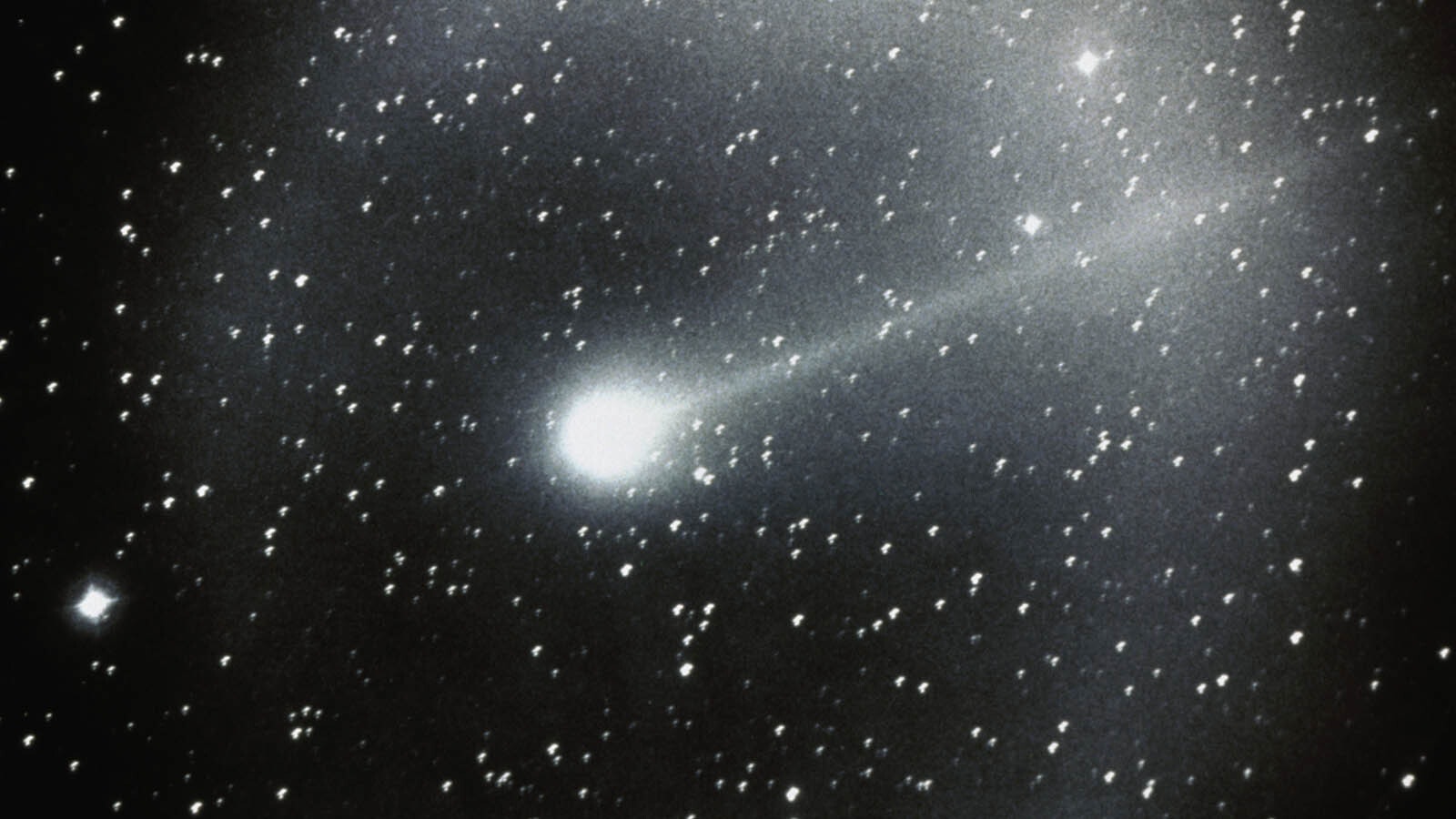The skies over Wyoming will be filled with meteors this month. Several meteor showers are actively showering the skies with shooting stars, and each one will put on a show for most of November.
“There are four active meteor showers, which makes it kind of exciting if you're out there observing,” said Max Gilbraith, planetarium coordinator for the University of Wyoming. “You'll see meteors crisscrossing the sky in an unusual way. You'll kind of feel bombarded at this time of year.”
Zenith At The Radiant
As of November, the Orionids, Leonids, and Northern and Southern Taurids are all active in the night skies over Wyoming. Each meteor shower is named for the constellation near its radiant, the spot where the meteors seem to emerge.
Some of these meteor showers are already past their peak, while others will reach their peaks during November. Gilbraith said it’s a rare confluence that should make for some excellent stargazing evenings.
“We expect these meteor showers every year,” he said. “Whether you get a good show out of them comes down to the moon phase, your ambient light pollution, and each shower’s zenithal hourly rate.”
The zenithal hourly rate is the number of meteors typically seen in an hour of peak activity from the radiant of each meteor shower. Knowing the radiant and zenith of each meteor shower doesn’t guarantee a good show, but it increases the chances of seeing more meteors.
Past Or Near Peak
The least impressive meteor shower this month will be the Orionids. While the shower is active from Sept. 26 through Nov. 22, the Orionids peaked in late October.
The Orionids are associated with Halley’s Comet, which is hurtling its way back to Earth. It won’t reach us until July 28, 2061.
The next peak to look for is already here — the Southern Taurids, which last from Sept. 23 to Dec. 8, and peak Tuesday evening.
The Southern Taurids aren’t known for being very active, producing an average of five meteors per hour, even at its zenith. However, its few meteors can be unusually bright and visible across a wide area.
These unusually bright meteors are called fireballs. Gilbraith said seeing them will require more patience, given how few meteors the Southern Taurids produce, but it’s well worth the effort.
“It's not that they're not there,” he said. “It’s just a matter of waiting and it being dark enough to see them.”

Supermoon Spoiler
The Northern Taurids are similar to the Southern Taurids, although they can sometimes bring a noticeable increase in fireball activity. That meteor shower, active from Oct. 13 to Dec. 2, will peak on the night of Nov. 11-12.
Then there are the Leonids, active from Nov. 3 to Dec. 2. They’ll reach their peak on the night of Nov. 16-17.
Unfortunately, Gilbraith said there would be one big bummer for anyone who wants to observe these peaks. November’s full “Beaver Moon” on Nov. 15 is the last of four consecutive supermoons in 2024.
“The peaks of the Northern Taurids and the Leonids correspond with the full moon this year, pretty much exactly,” he said. “It might be too bright to see much of anything during the peaks.
When the Northern Taurids and the Leonids reach their peaks, the moon will be 79% and 98% full, respectively. Given that the moon will appear larger and brighter than normal, there will be a lot more light in the night when the meteor showers are peaking.
“You'll need to either get up in the early morning or you'll want to wait till later in the month to get the best chances for meteors,” he said. “It’ll probably be too bright mid-month to see anything.”
Nevertheless, the November supermoon might be worth a look on its own. It’ll be the last supermoon visible from Wyoming until October 2025.
November Bombardment
Knowing the varying peaks and radiants of the four active meteor showers will help anyone who wants a meatier meteor evening in November. However, Gilbraith said any night this month could be good for seeing meteors.
“You could go out any night and enjoy an excellent meteor shower or the few meteors at any given hour,” Gilbraith said. “Each one has a zenithal hourly rate of four to 10 meteors per hour. And the darker it is, the more meteors you'll see.”
Even the November supermoon doesn’t eliminate the possibility of seeing meteors during the peaks of the Leonids and the Northern and Southern Taurids. The key is knowing when to get outside and look up.
“I recommend trying to observe these before the moon gets up or after the moon sets in the next week,” he said. “It will probably be our best shot to get the majority of these showers, and it will also pick up for us again towards the end of the month because we'll lose that moonlight.”
Since each shower originates from a different place in the sky, Gilbraith encourages Wyomingites to get outside and enjoy November’s meteor showers. When they’re streaking the sky, it’ll be a unique celestial tapestry going in different directions across Wyoming’s pristine night skies.
“There are an abundance of individual showers happening at this moment,” he said. “It might only be a handful of meteors every hour, and a couple of them line up with our full moons, but they all radiate from different points. It’s always exciting when there’s four active meteor showers at once.”
Andrew Rossi can be reached at arossi@cowboystatedaily.com.





